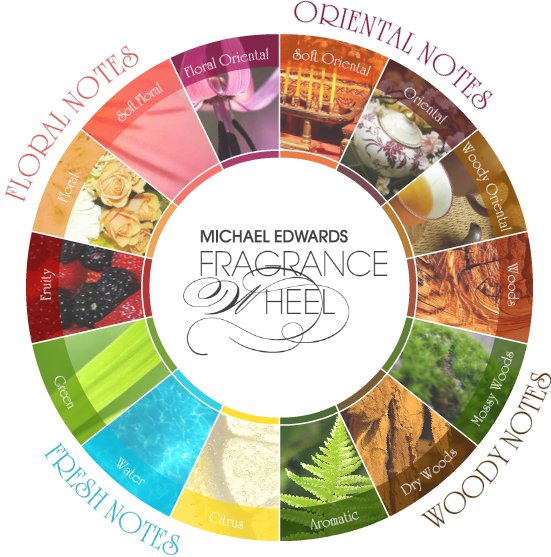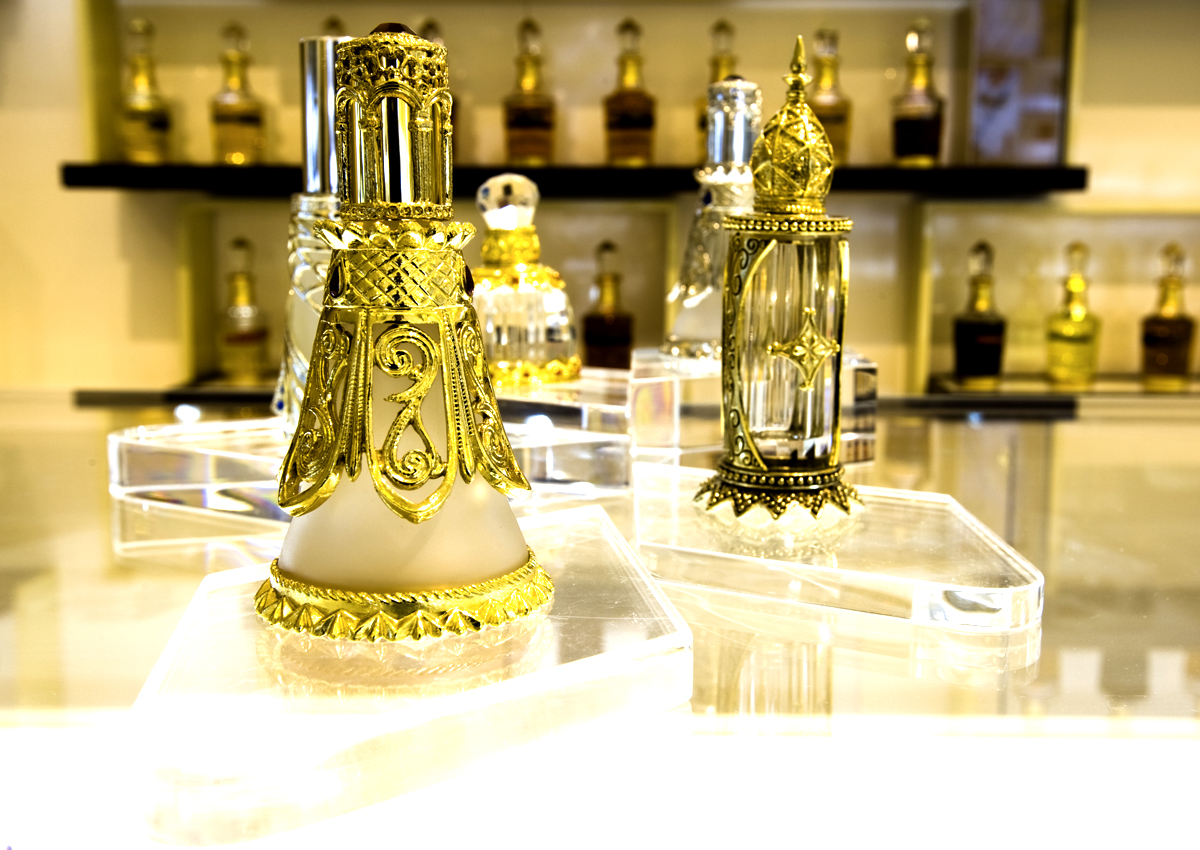عَنْ مُوسَى بْنِ أَنَسِ بْنِ مَالِكٍ، عَنْ أَبِيهِ، قَالَ: كَانَ لِرَسُولِ اللهِ صلى الله عليه وسلم سُكَّةٌ يَتَطَيَّبُ مِنْهَا
Narrated Musa ibn Anas ibn Malik that his father, Anas ibn Malik, said that the Prophet ﷺ had a small box of fragrances from which he used to put on itr.
An overlooked part of Islam is that there is an emphasis on the inner as well as the outer aspects of a person. Iman that is present in the heart always manifests itself in the limbs. One of the outer aspects of Islamic character is having a nice smell. The Prophet ﷺ was the foremost example of this. In addition to having pleasant speech and a calm demeanor, the Prophet ﷺ always took care to make sure he had a pleasing smell.
An Islamic article on perfume put it this way:
The life of the beloved Prophet was between two kinds of perfume; a moral perfume, which he carried in his heart and that flowed in his blood, which was the perfume of the revelation, the Sunnah (Prophetic tradition) and the Da’wah (call) to worshipping Allah The Almighty. The second was a tangible perfume that emanated from his body and clothes. One wonders: where are those who are morally and tangibly perfumed today? Where are those who are outwardly and inwardly, and secretly and openly imitators and followers of our beloved Prophet?
Of course, smelling good does not compensate for a repulsive character. However, smelling good is part of holistically following in the footsteps of the Prophet ﷺ. In addition to improving his inner character, his moral perfume so to speak, a Muslim man should make sure he gives off a pleasant scent.
Types
Fragrances are subdivided based on the concentration of the aromatic oil. In general, the higher the concentrations, the greater the strength of the fragrance and the longer the fragrance will last.:
- Cologne (Eau de Cologne): Colloquially, many people use this to refer to all male fragrances but more accurately, it refers to those which are composed of 2-4% perfume oil. It is much lighter than concentrated perfume and as a result, will gradually lose its smell in about 2-3 hours. These come in large sizes (think 200 mL) and are applied by spraying directly onto skin.
- Toilette (Eau de Toilette): 5-15% of the aromatic substance. This is the most common fragrance on the market and lasts about 2-4 hours.
- Perfume (Eau de Parfum): Colloquially, many people use this to refer to female fragrances but more accurately, it refers to those fragrances which are composed of 15-20% of aromatic compounds. As a result, these fragrances last longer and tend to be more intense. These are sold in smaller sizes and tend to last a good 5-8 hours
- Perfume: The most concentrated (and most expensive) of all fragrances. Think >20% of aromatic compounds. Since only a tiny amount is needed, these are sold in very small sizes. The scent is applied directly to the skin on pulse spots and can last up to 24 hours.
Categories
The Fragrance Wheel is a classification chart first developed in 1983 by Michael Edwards. The purpose was to cut down on technical jargon and produce a naming scheme that could easily be used by consumers. There are four standard families: floral, oriental, woody, and fresh. Each family has subgroups which are arranged in a wheel as such:

Notes
Most fragrances go through a progression of scents: top notes, middle/heart notes, and base notes. The progression in scent is due to the different rate at which the oils in the fragrance evaporate (termed volatility). The scent from good quality fragrance should change, evolving as the different substances evaporate. Low-quality fragrances, called linear fragrances, will have just one smell from beginning to end.
- Top (Head) Notes: This is the initial smell that you perceive as soon as you apply the fragrance. If fragrance is a conversation, the top notes are the introduction. These notes have a high volatility and evaporate quickly, giving way to the middle notes. Things like citrus, ginger, cinnamon, and other floral/fruity scents are common top notes.
- Middle (Heart) Notes: As the top note dissipates, you smell the middle or heart notes. As the name implies, this scent is the “heart” or main body of the fragrance. They tend to include the heavier floral scents and help give the distinctive smell of the fragrance.
- Base: Compounds that give the base note tend to be the ones which also fix the fragrance to the skin. This is the last scent to develop and becomes more noticeable after the fragrance has been on your skin for some time. The base and heart notes are the real substance of the fragrance, with the base notes bringing depth and solidity. Oud (agarwood) and musk are both used as base notes.
In next week’s article, we’ll go over how to choose, wear, and store a fragrance. If you haven’t already, click below to subscribe to our mailing list and have our latest articles sent straight to your mailbox.
—
Resources:
http://www.realmenrealstyle.com/introduction-to-fragrance/
http://www.islamweb.net/emainpage/printarticle.php?id=185392&lang=E


Leave a Reply